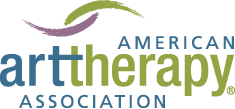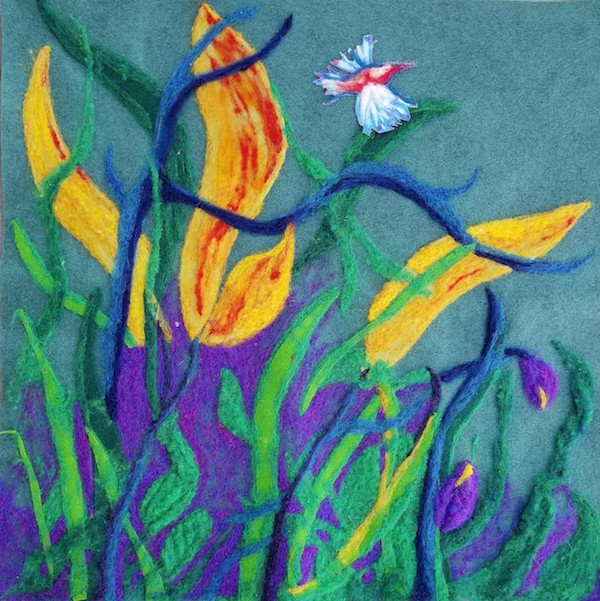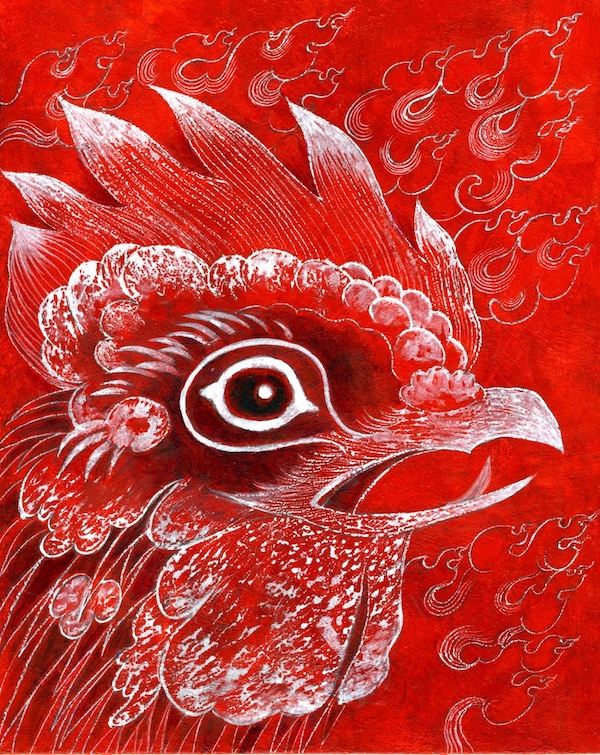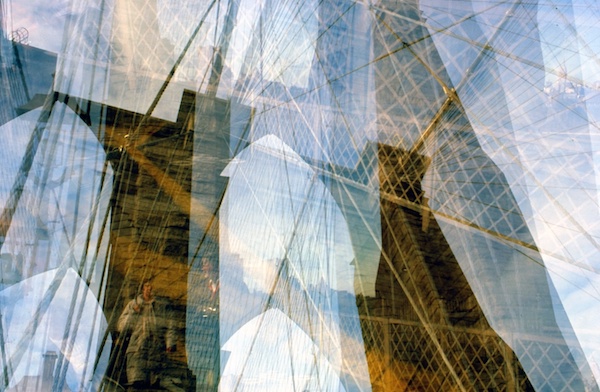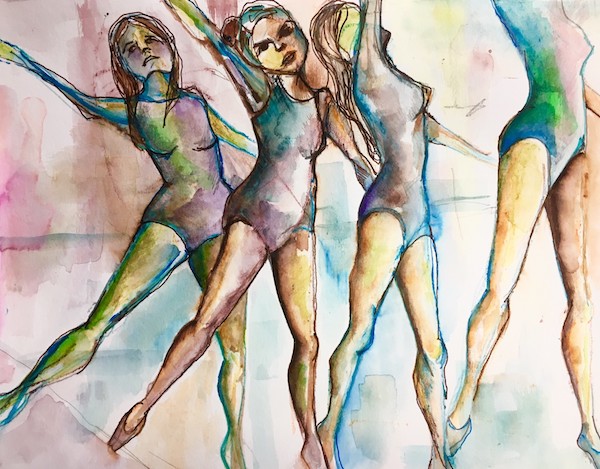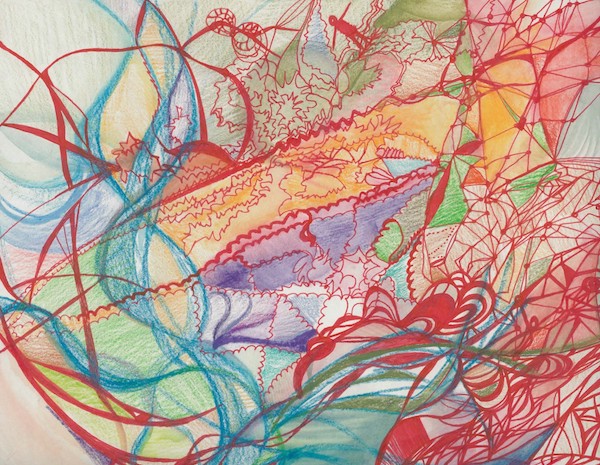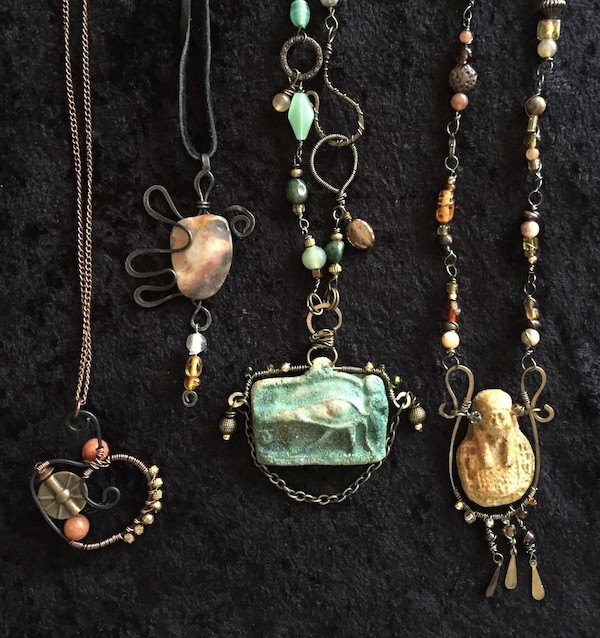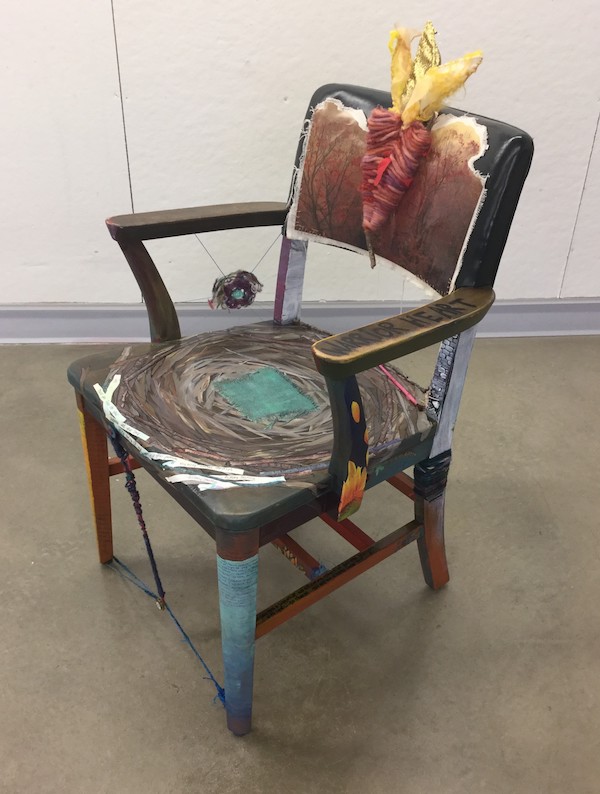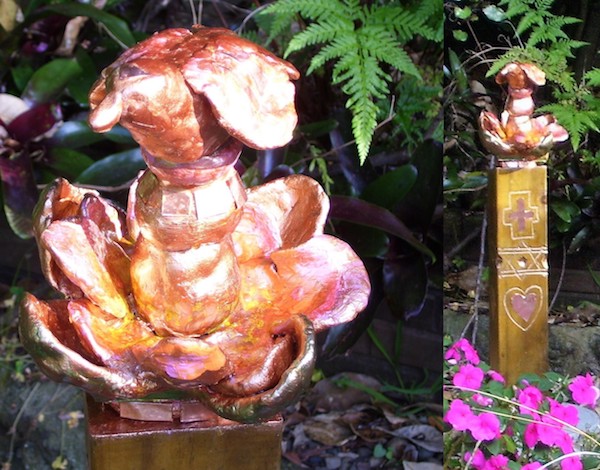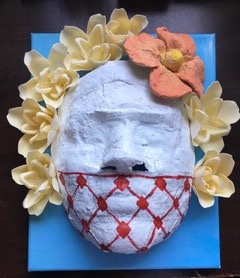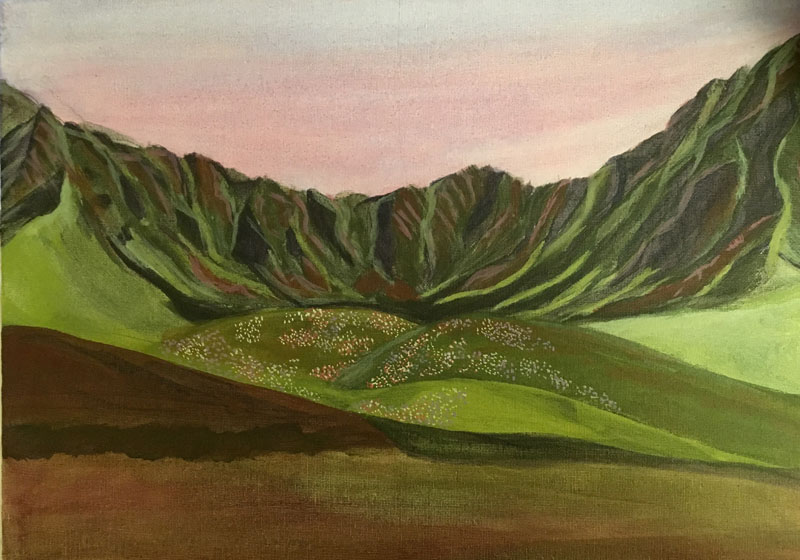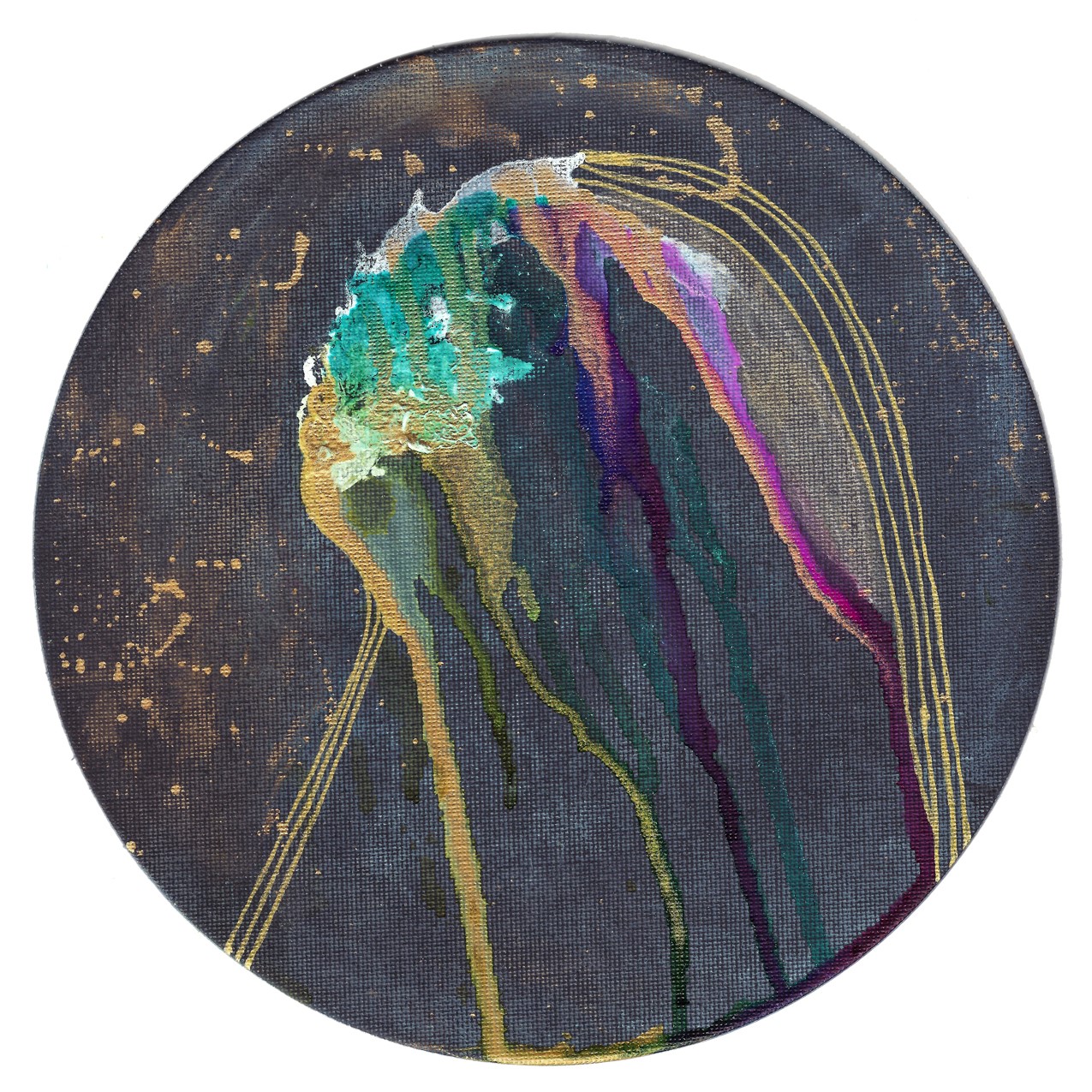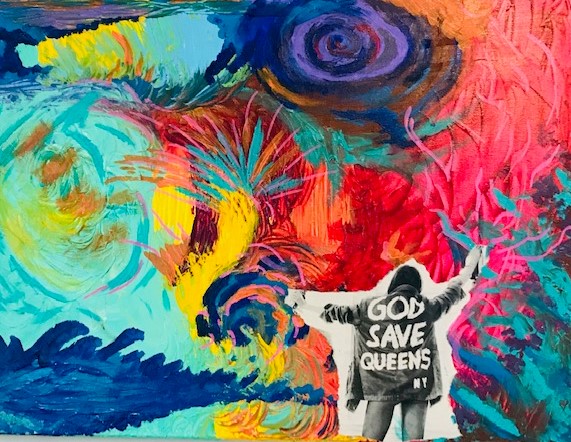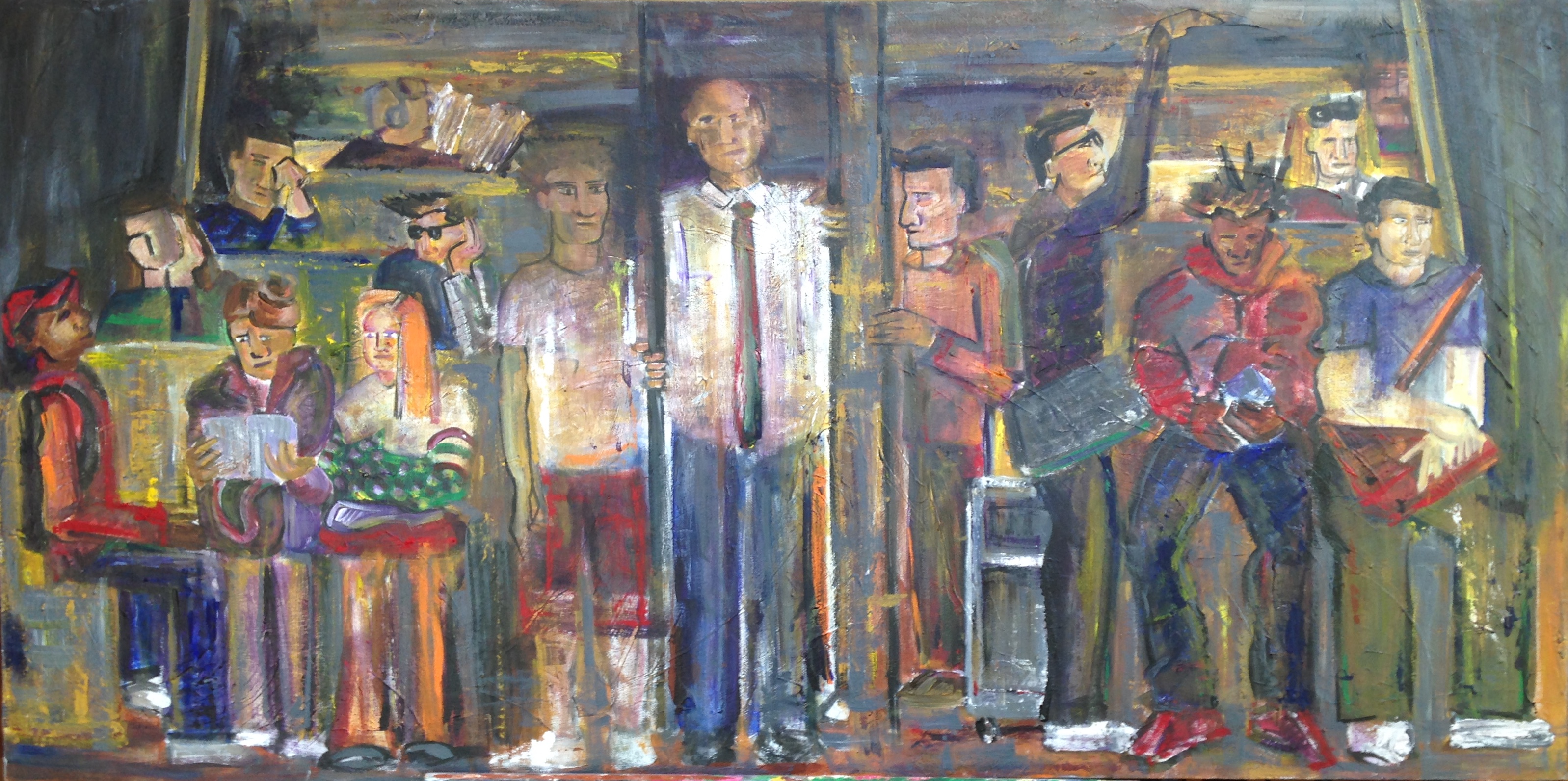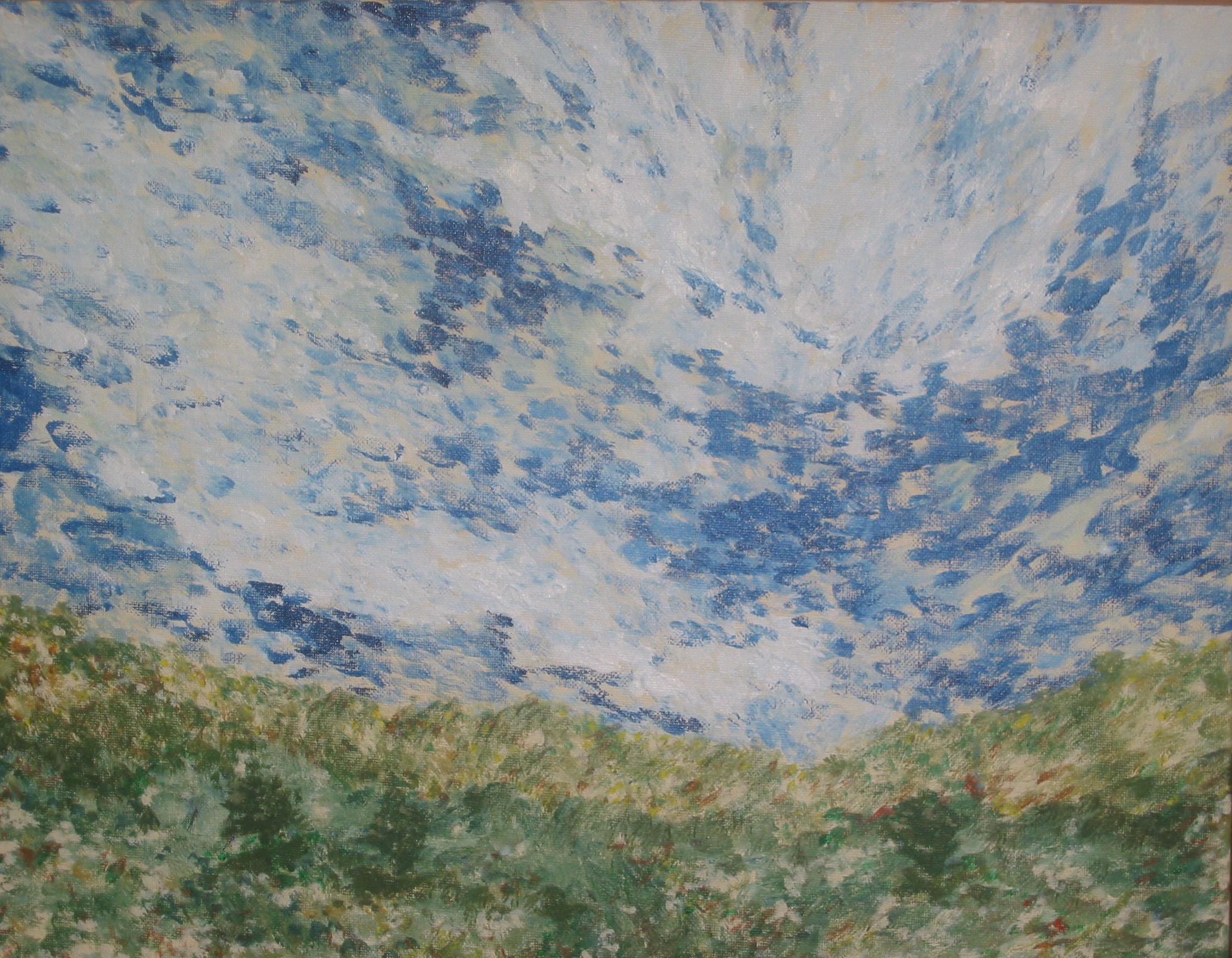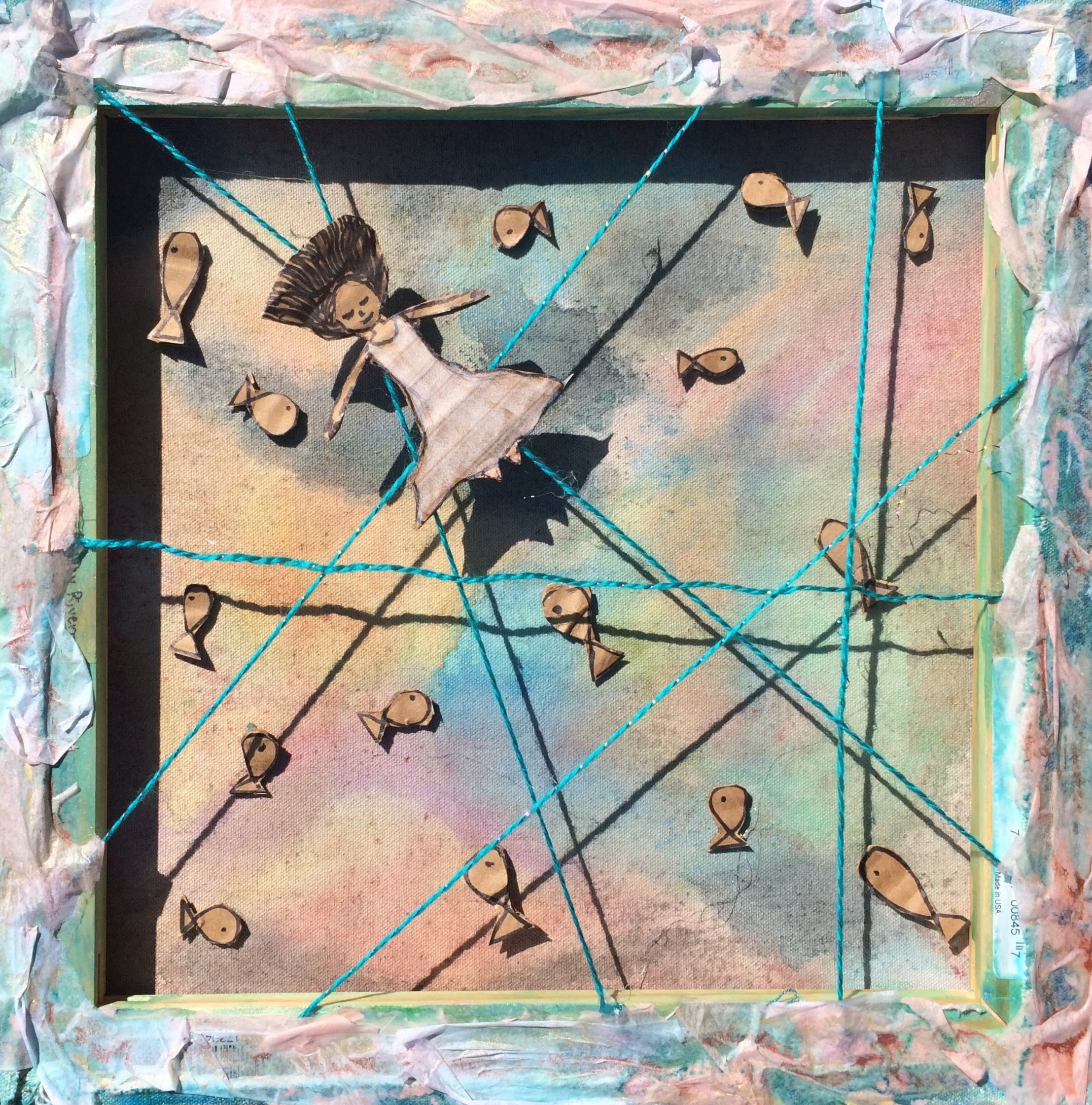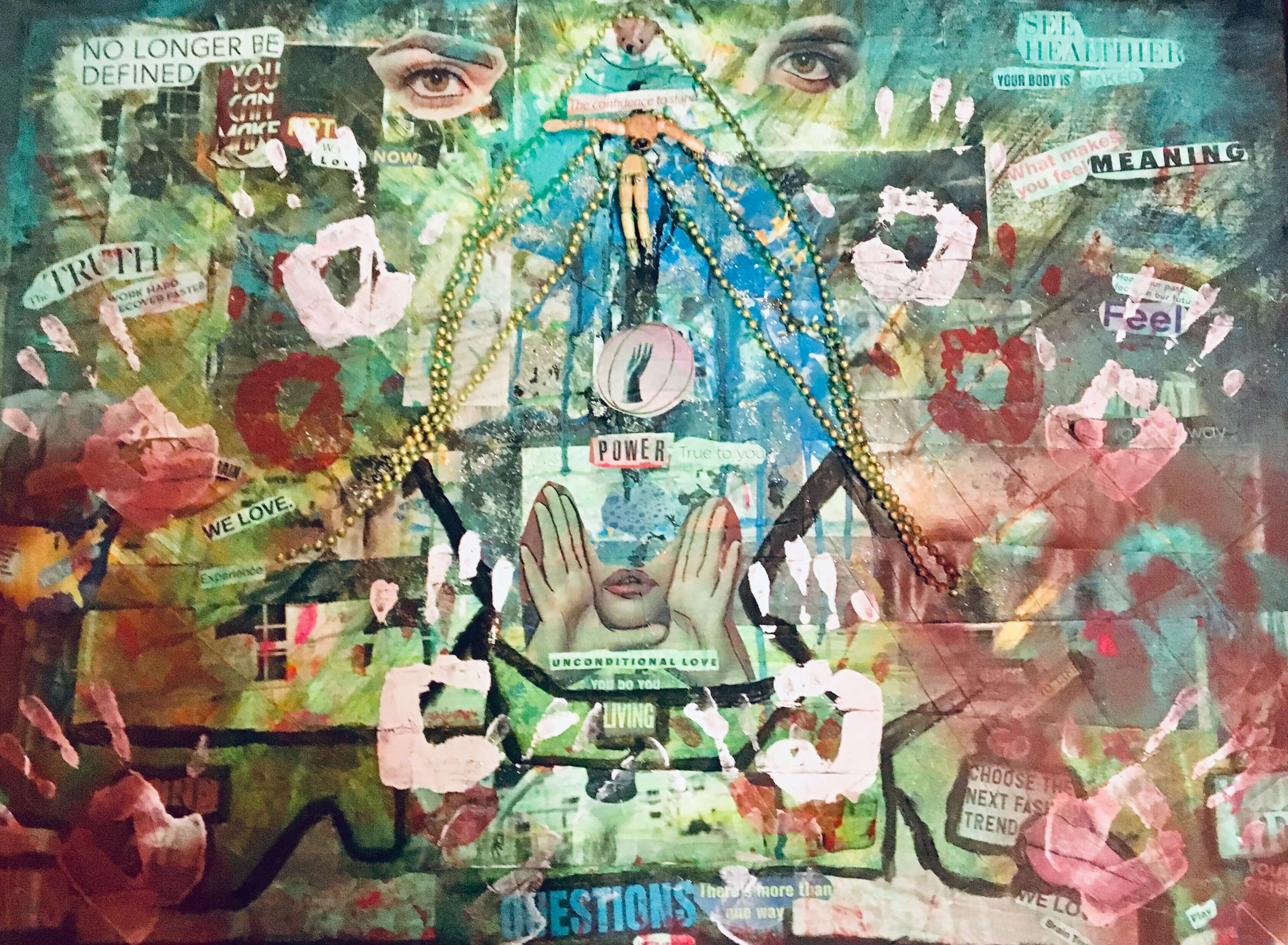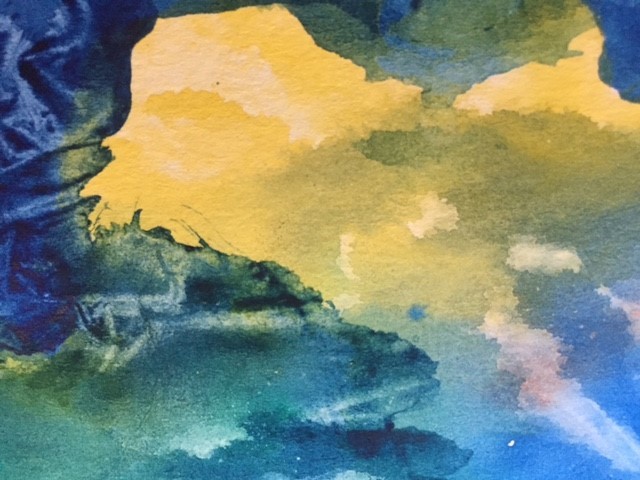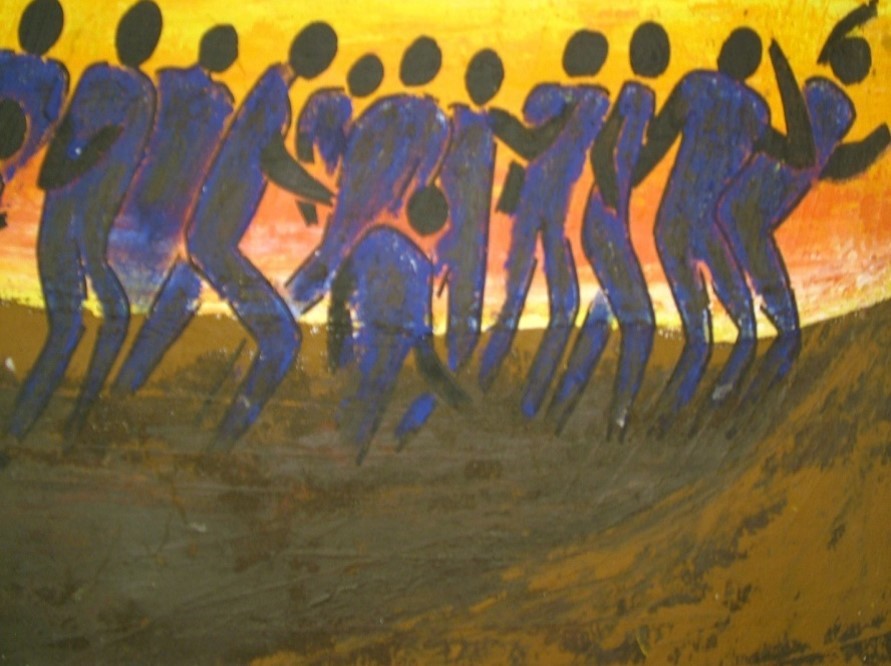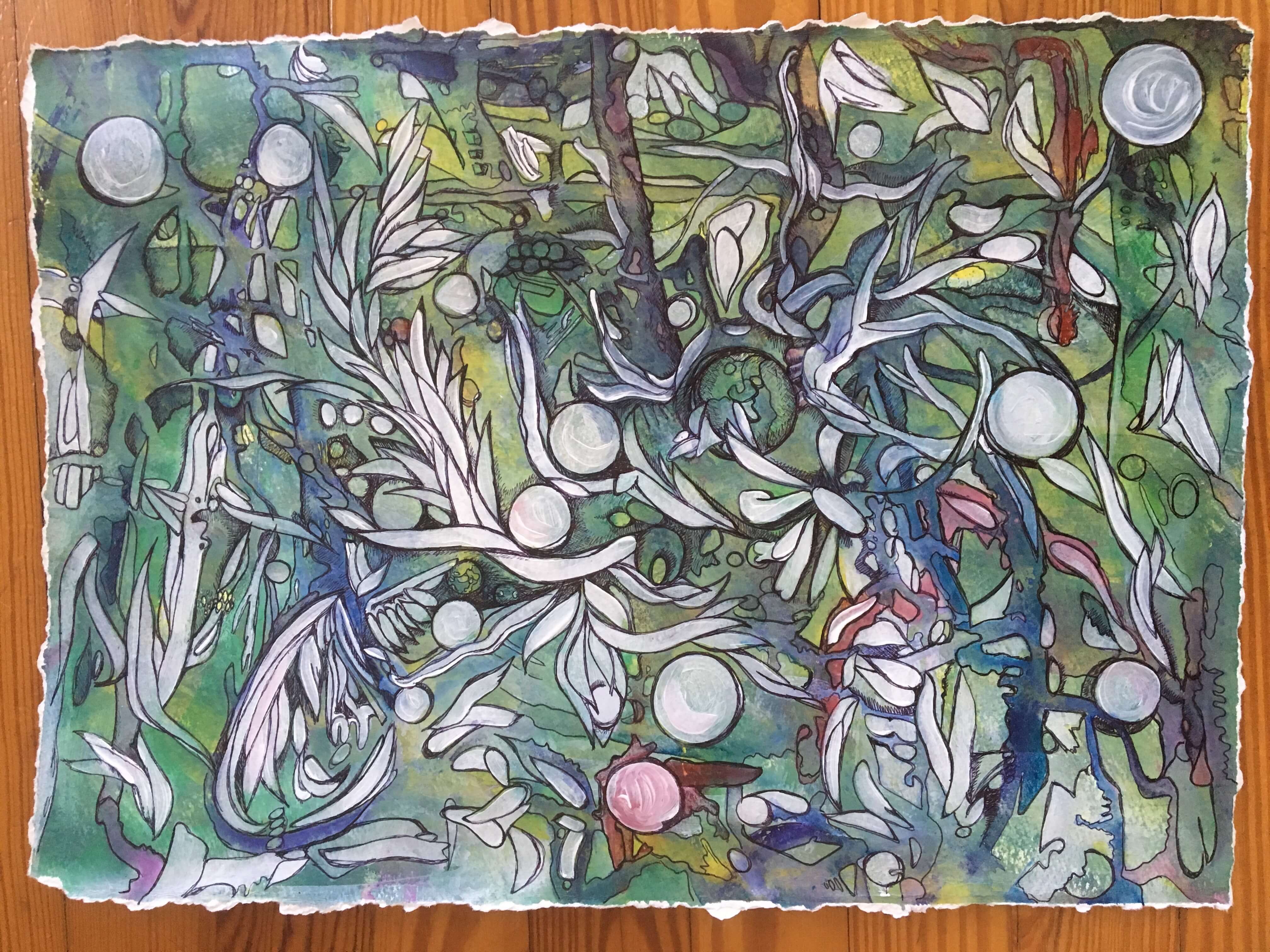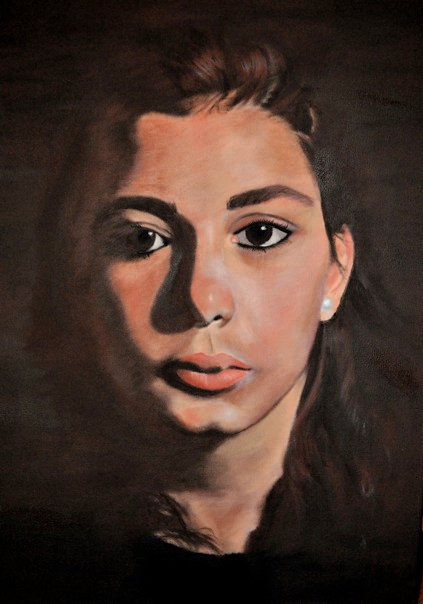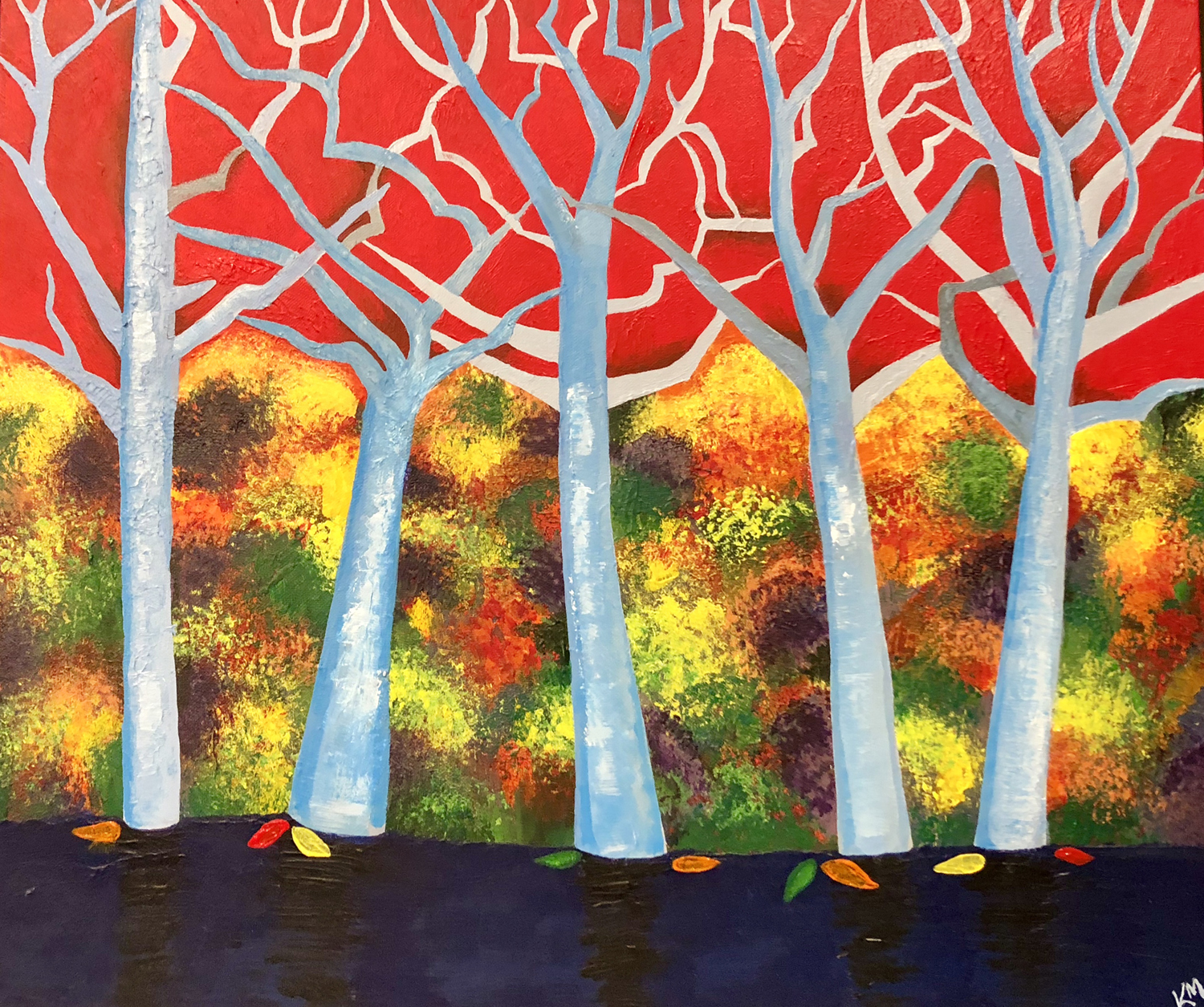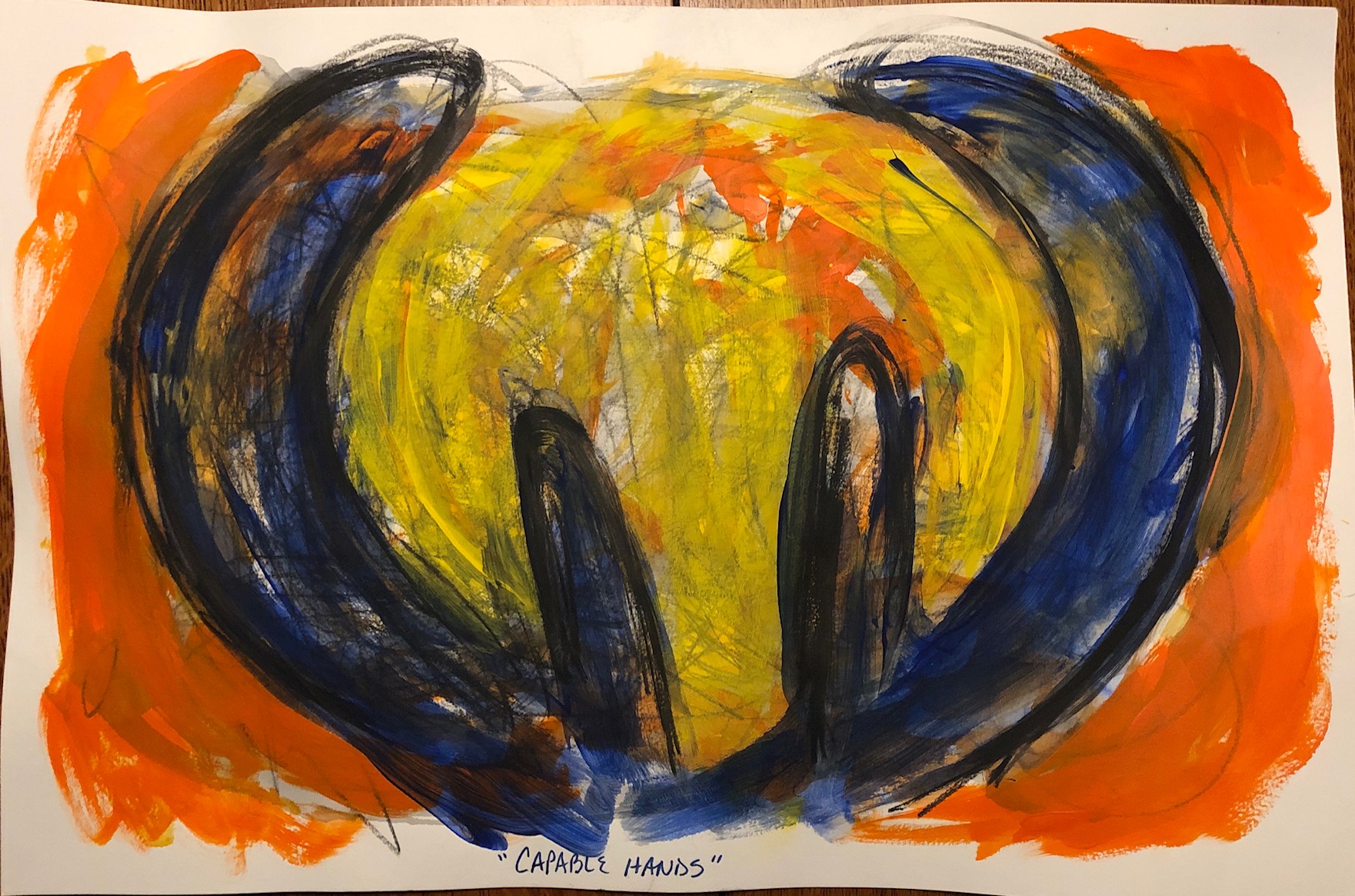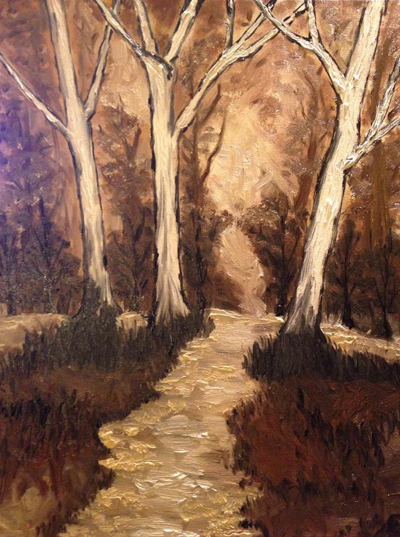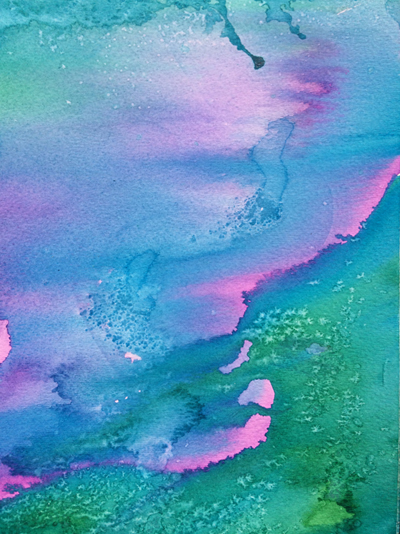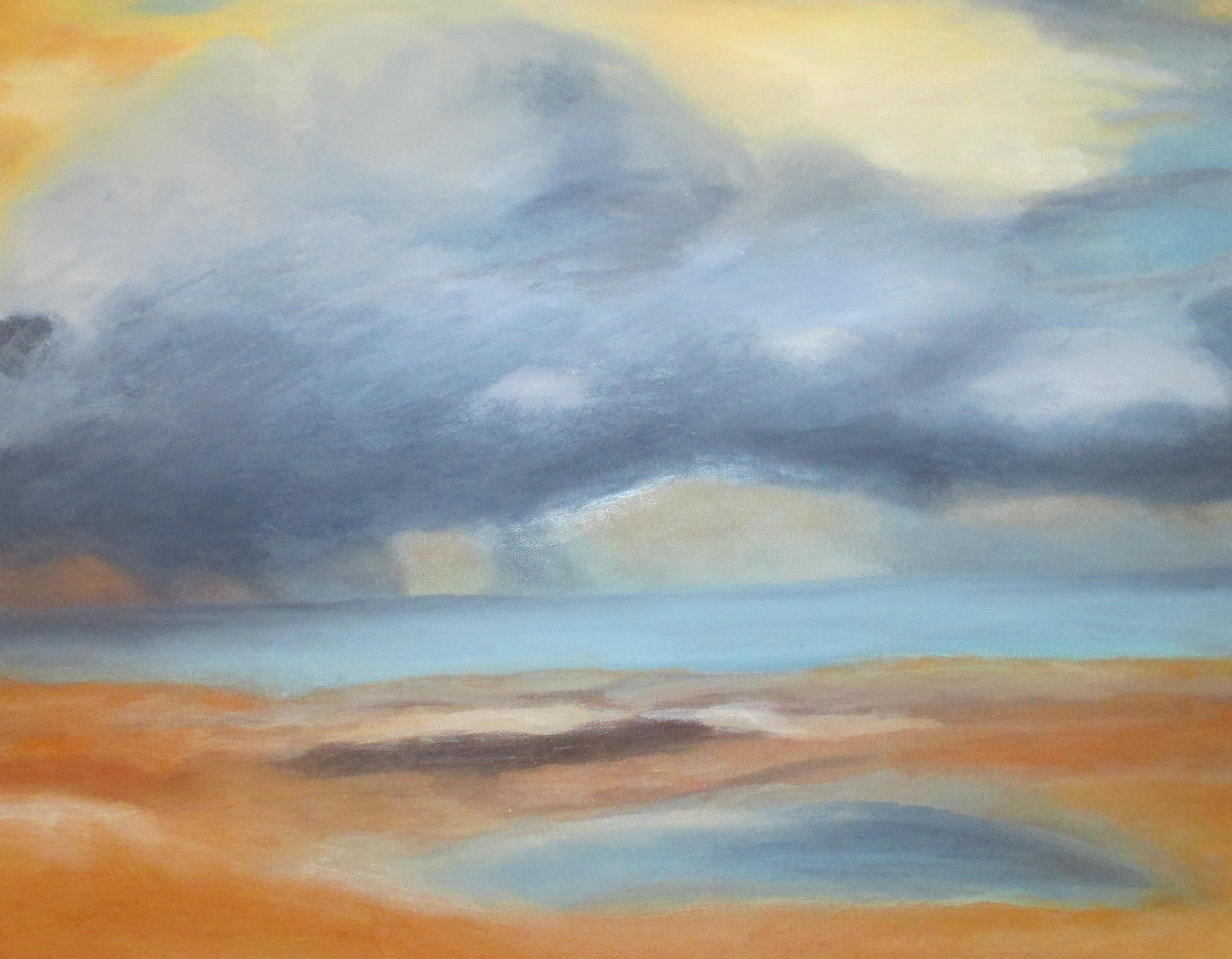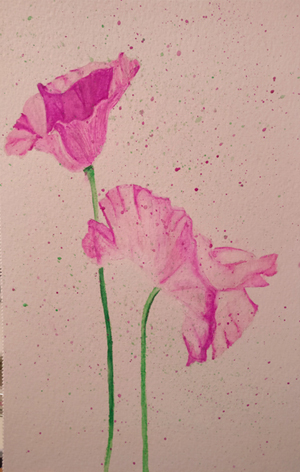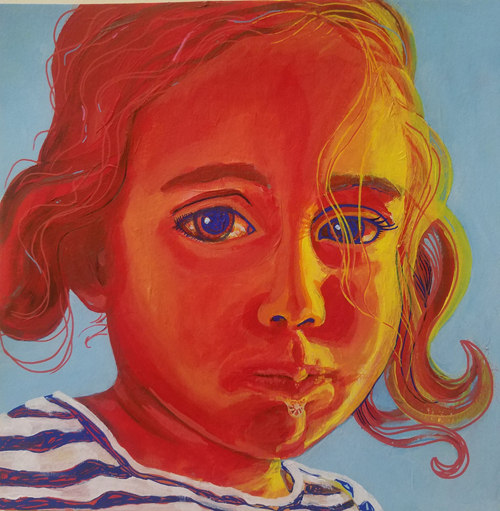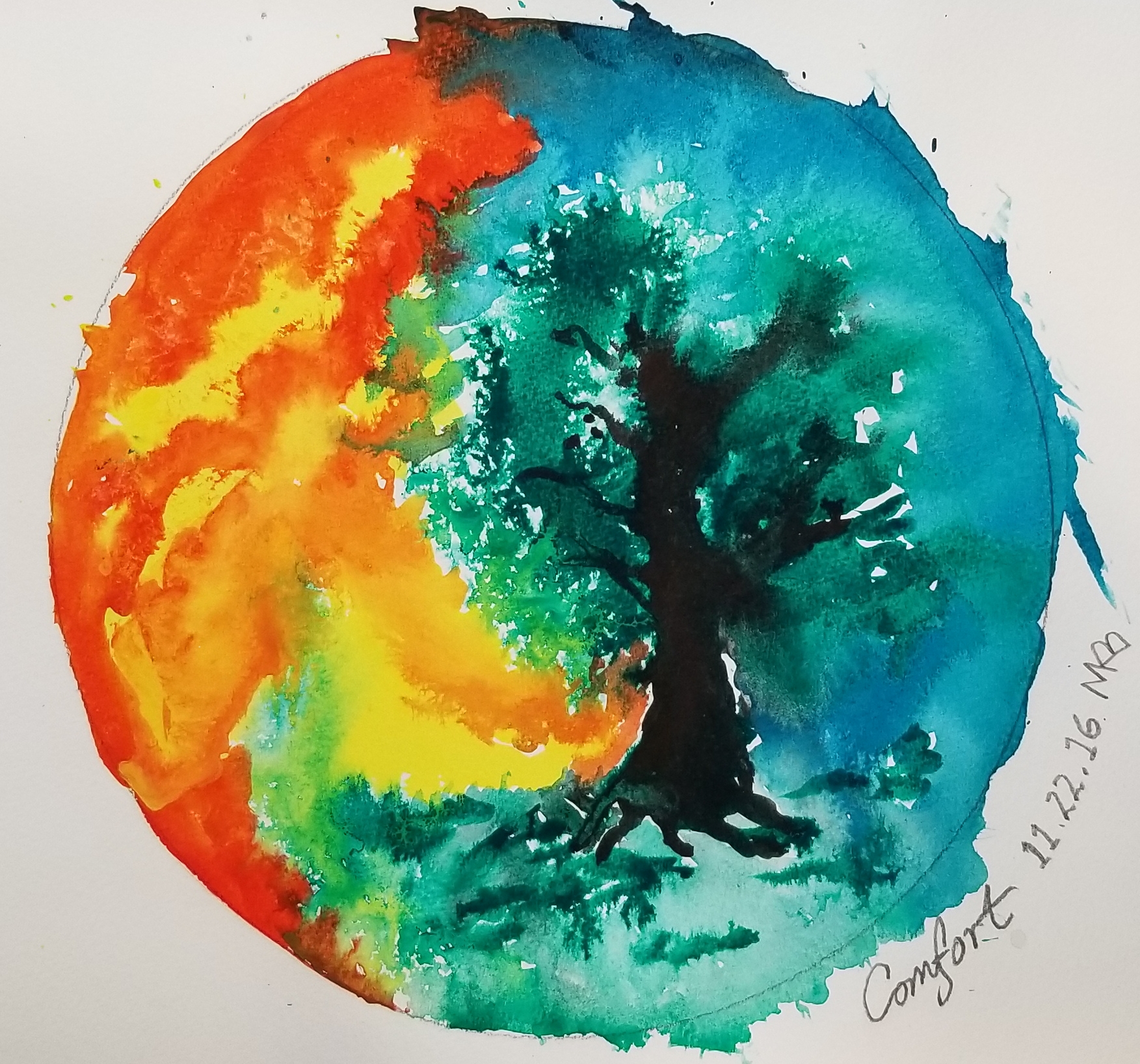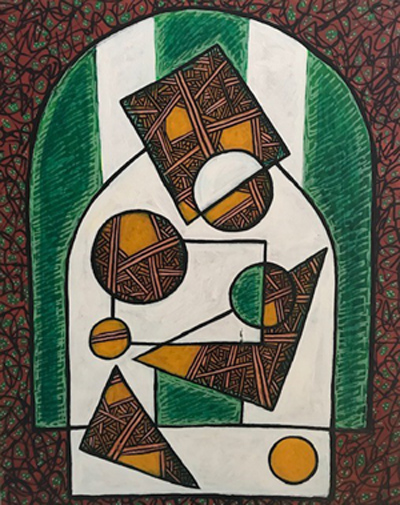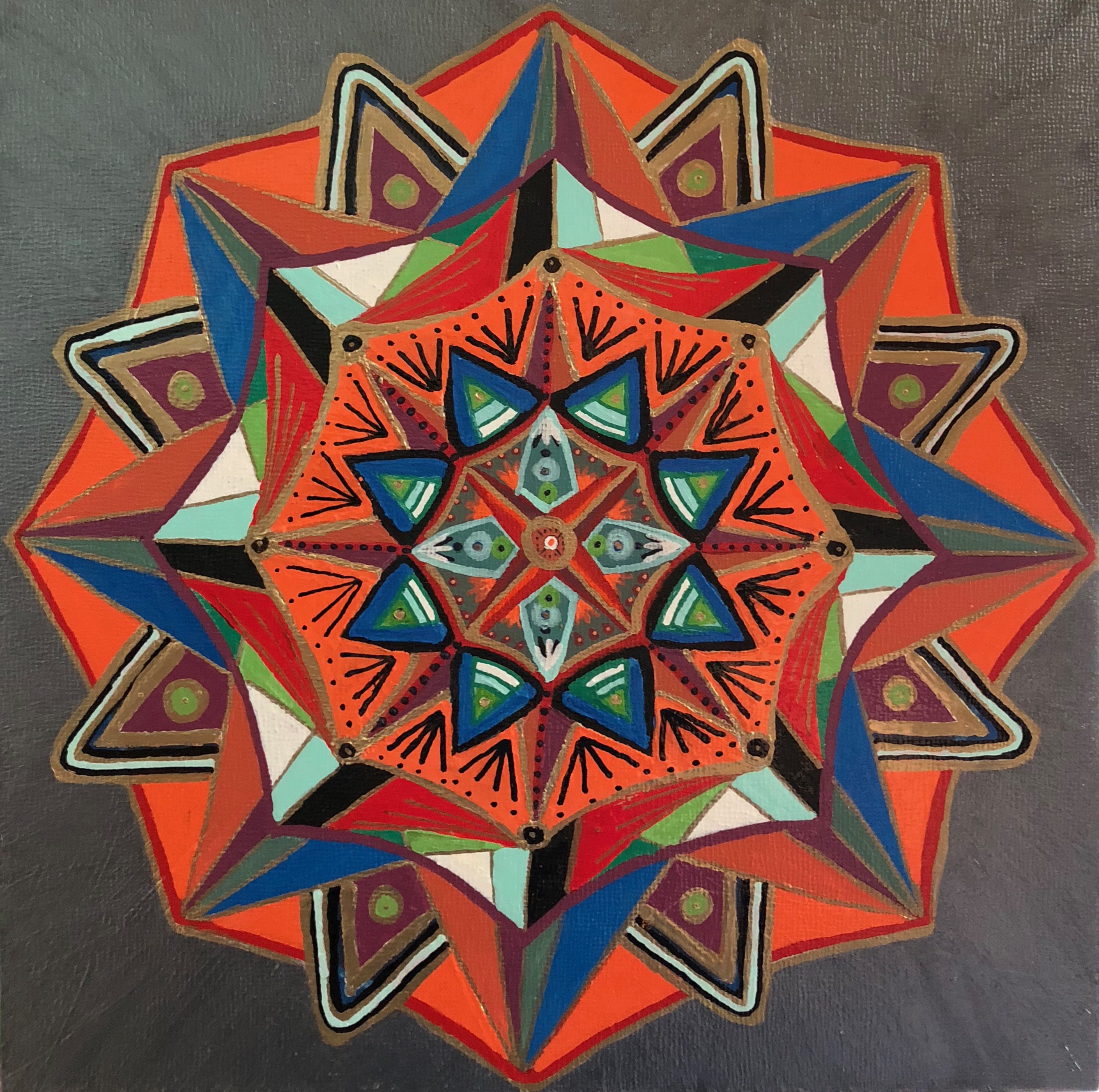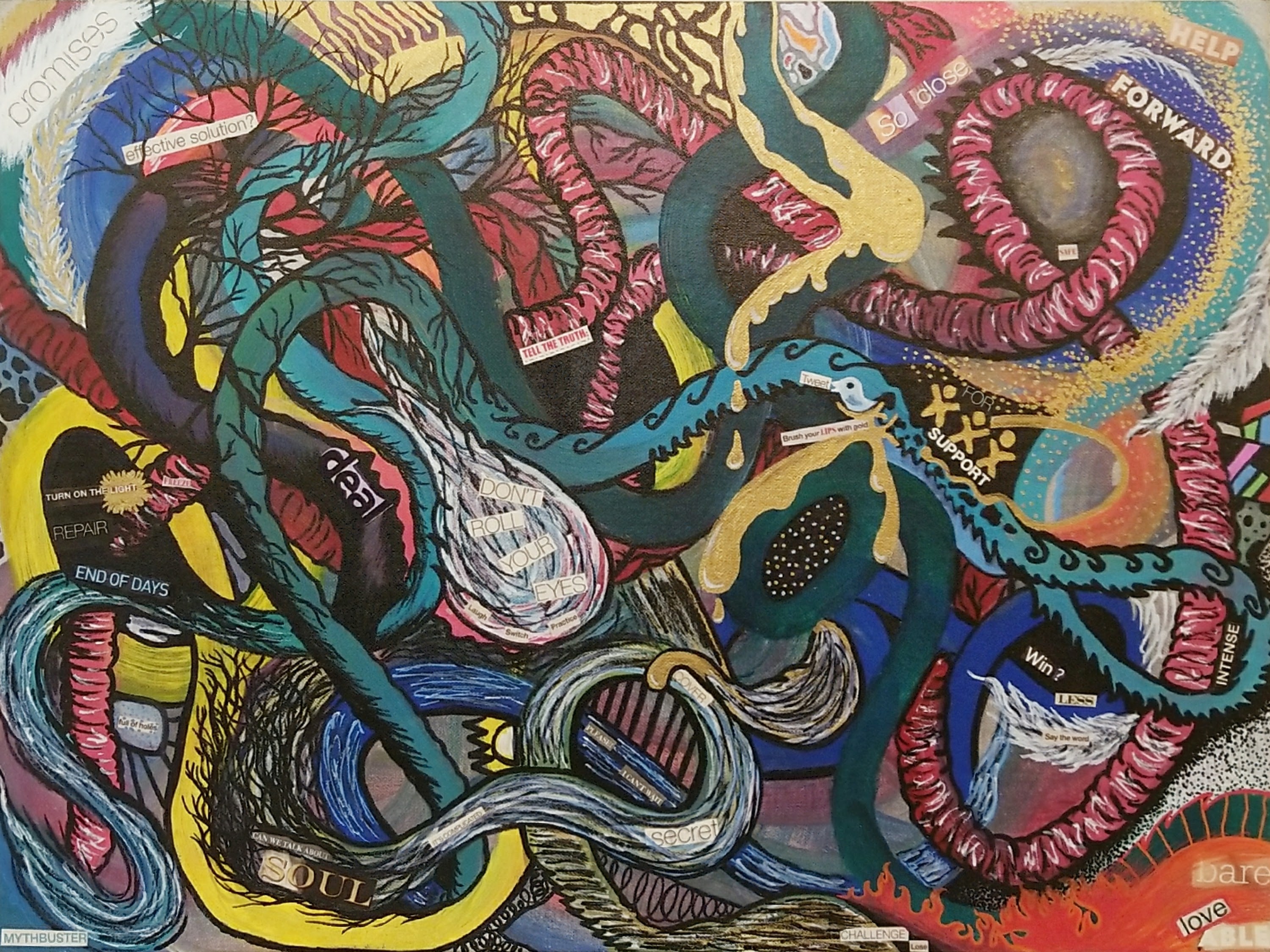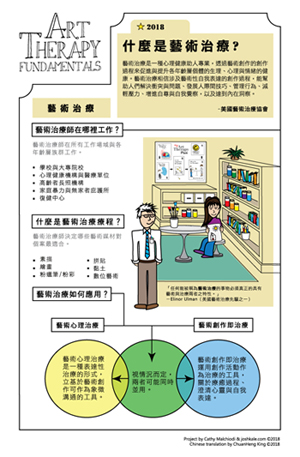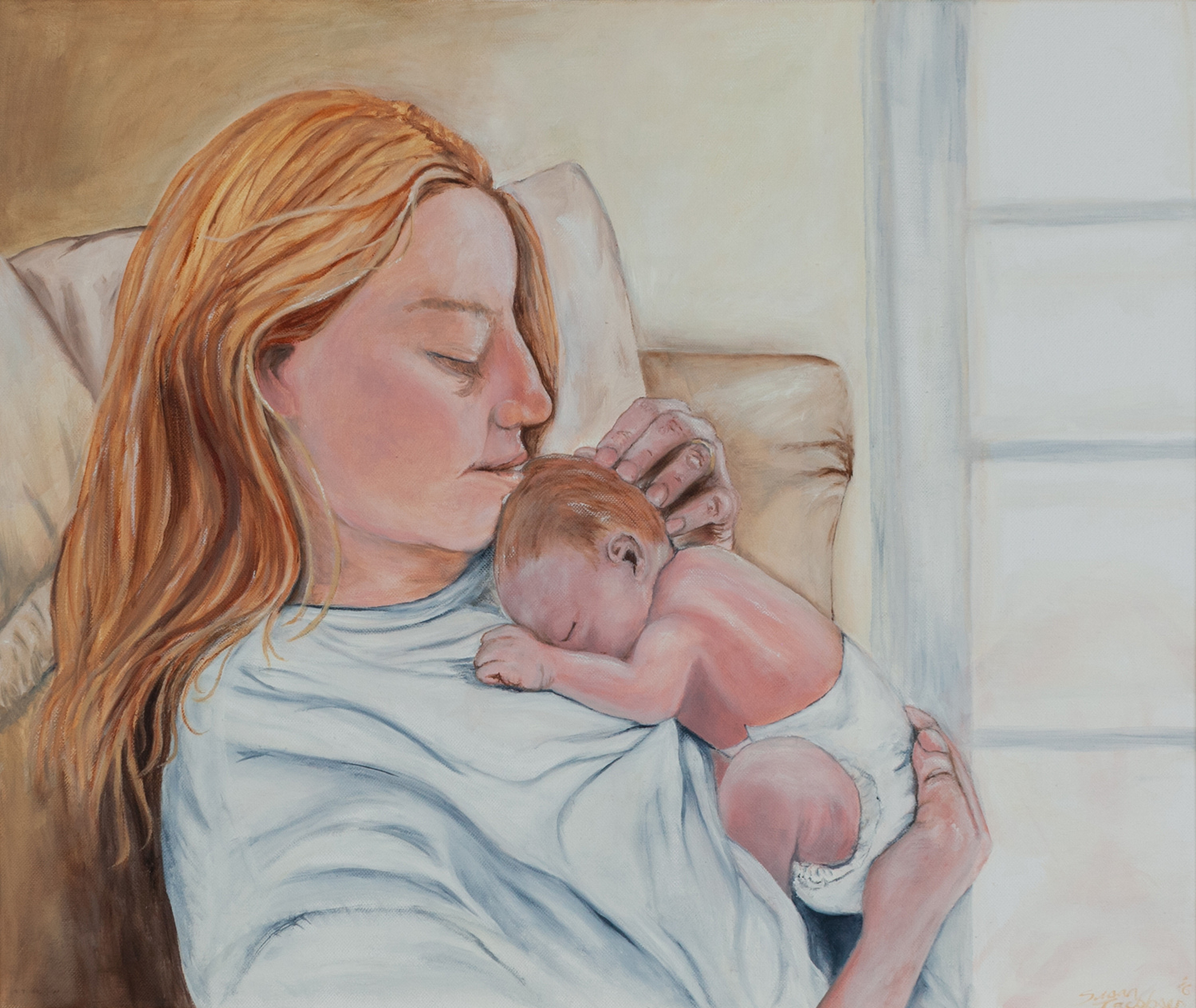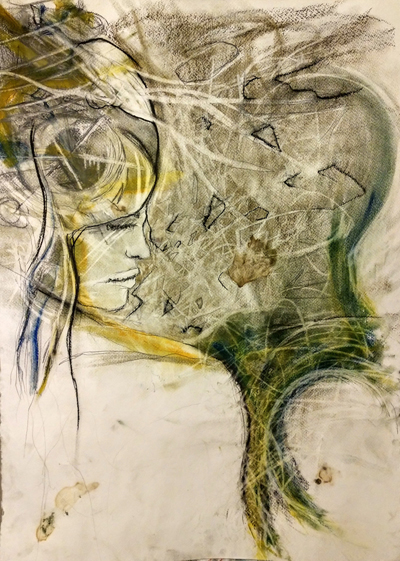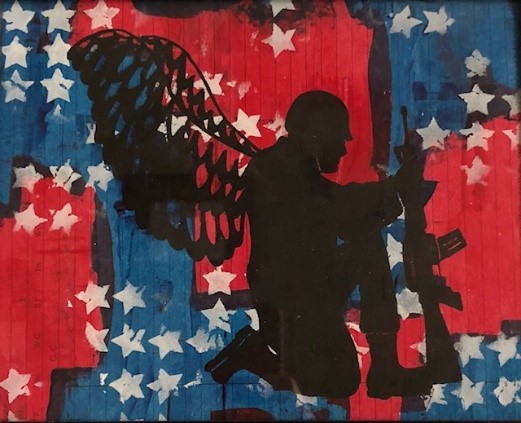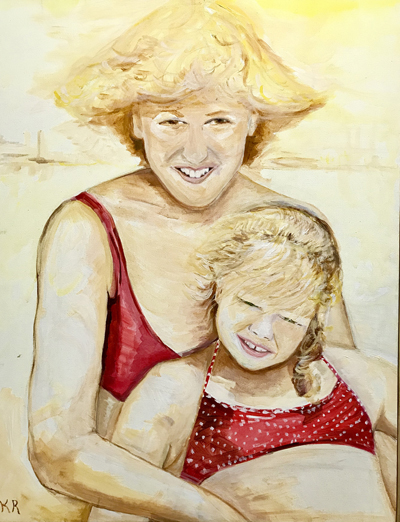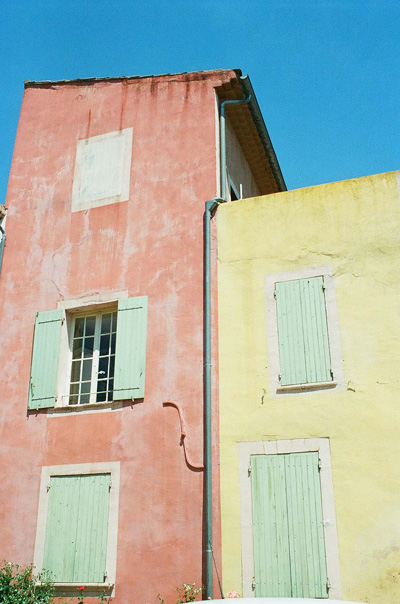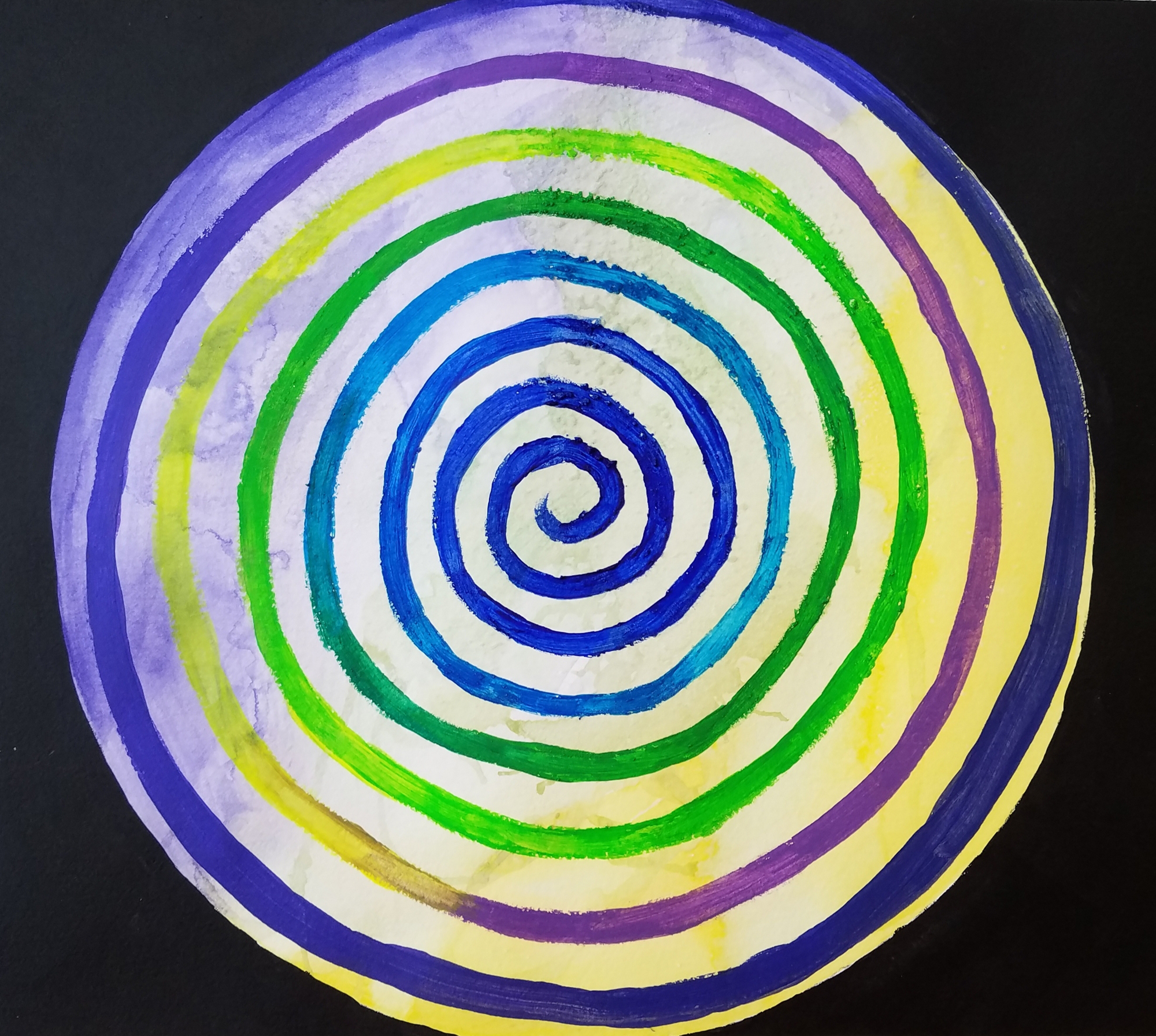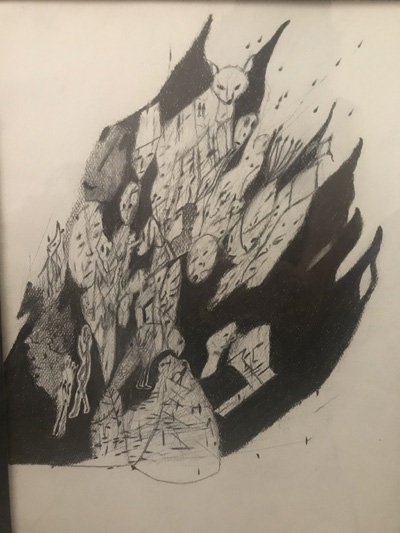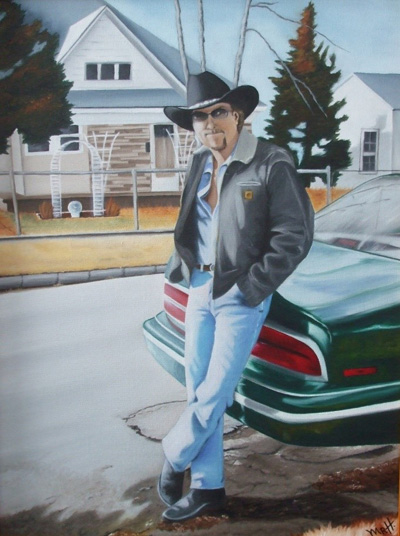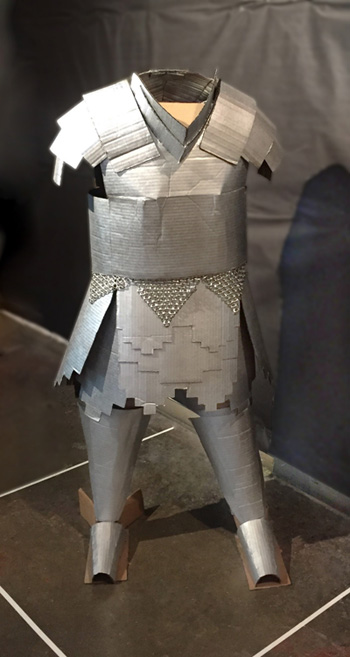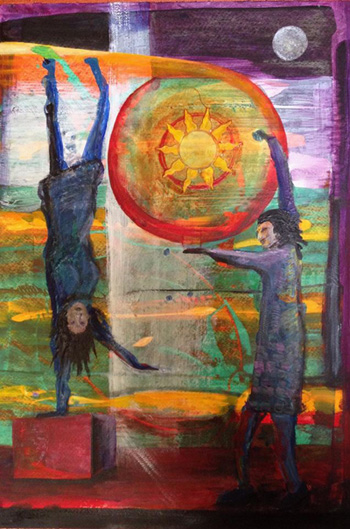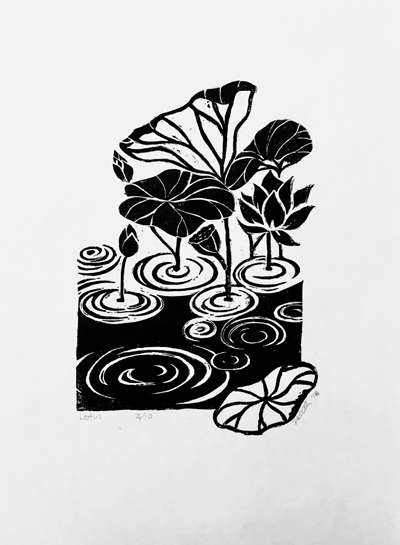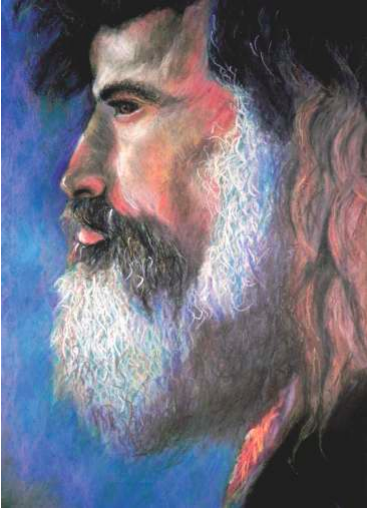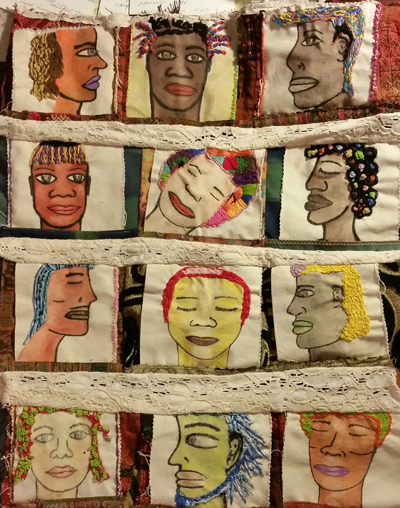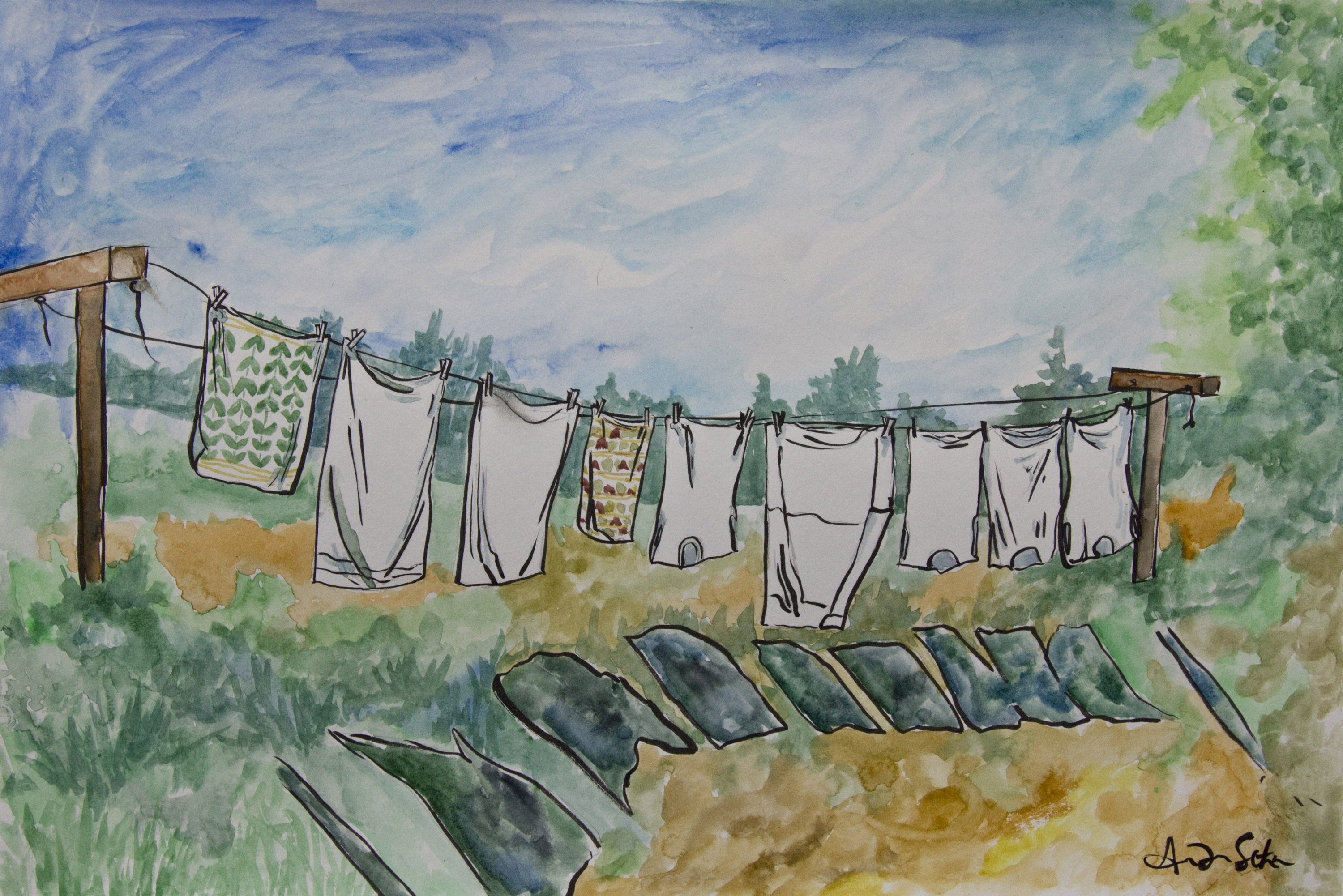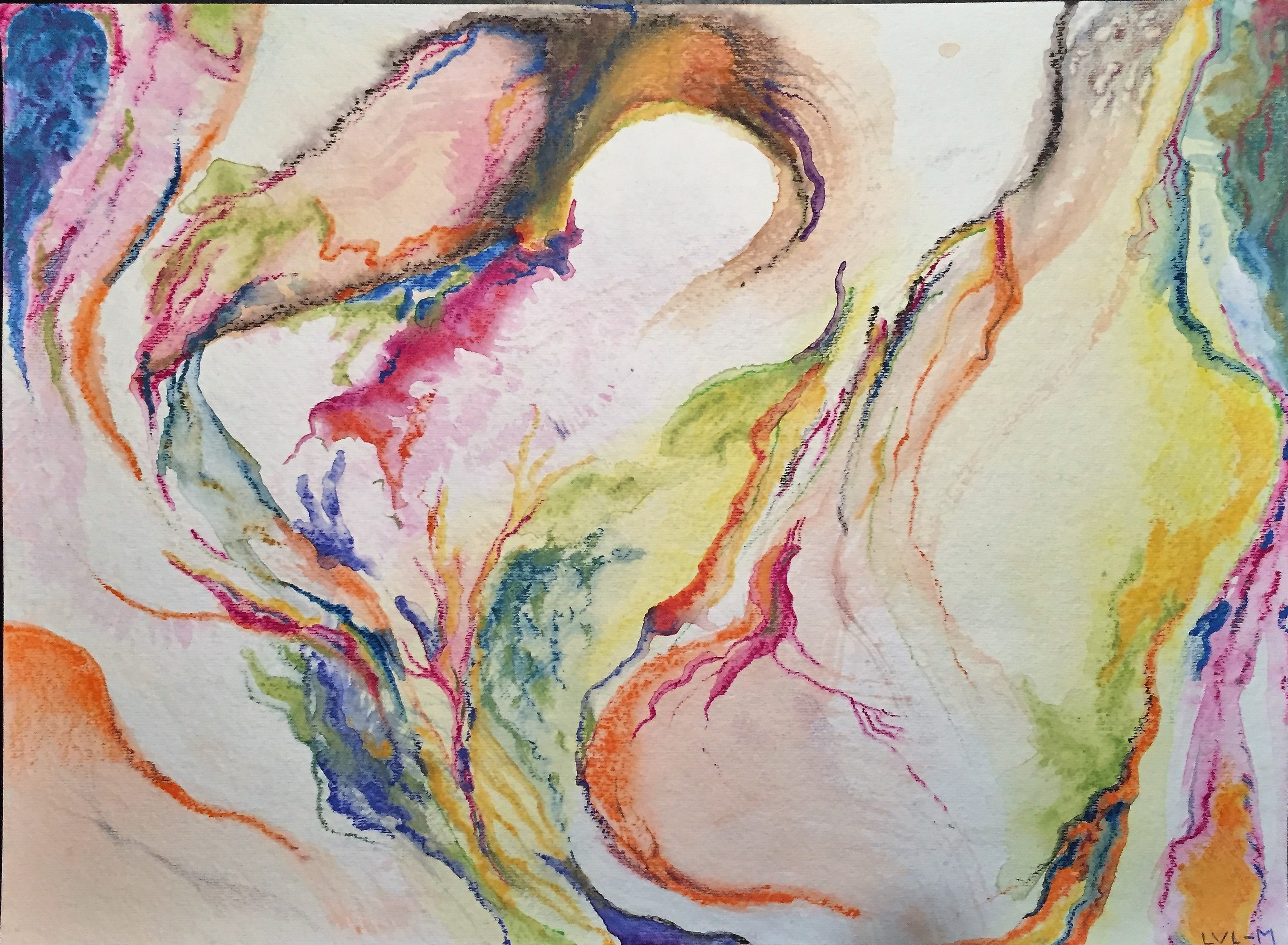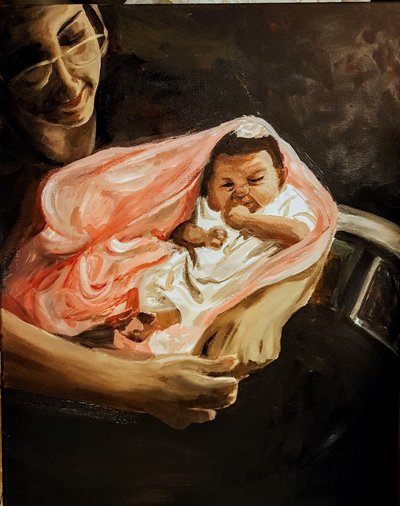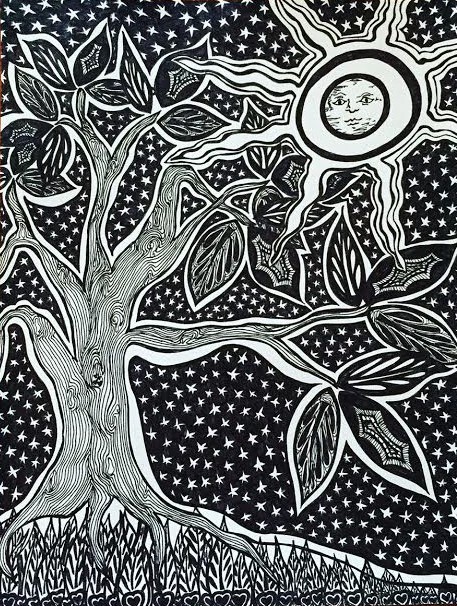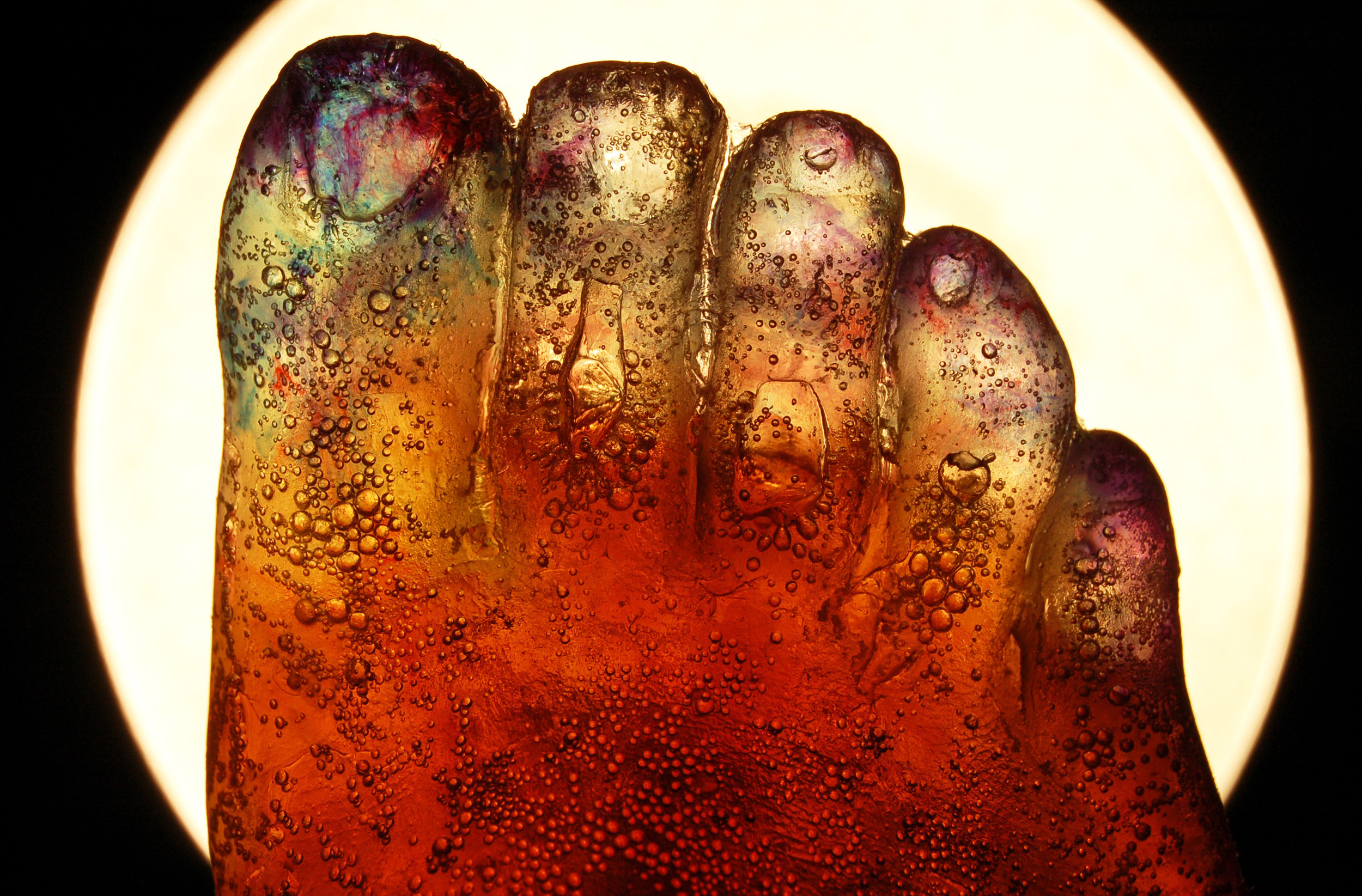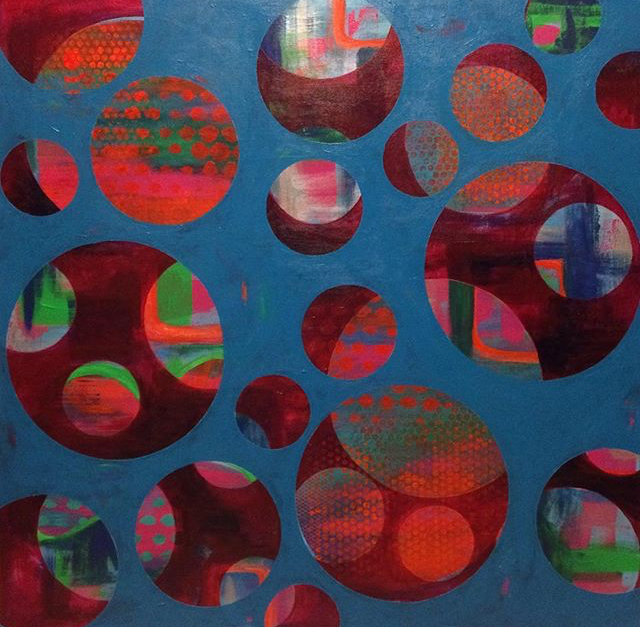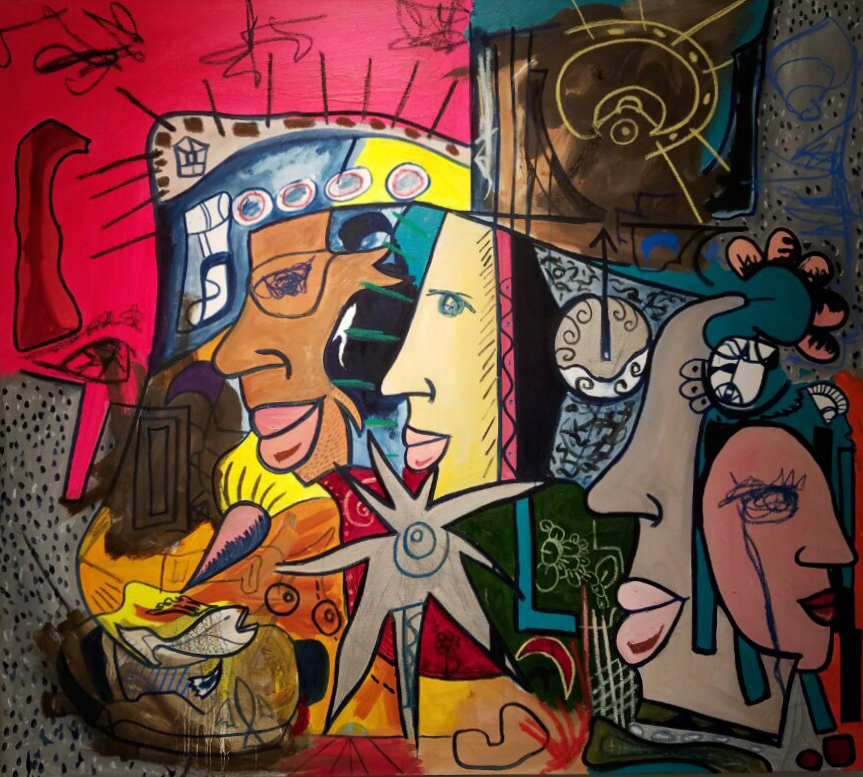FEATURED MEMBERS
The American Art Therapy Association represents a diversity of professionals, students, and organizations across the nation. Each week we recognize and celebrate the work of our members at all levels by highlighting them in our Featured Member column of Art Therapy Today.

LISA COHN, MAAT, LPC-C
Newly relocated to mid-coast Maine, Lisa Cohn, MAAT, LPC-C takes every opportunity to educate the public and healthcare professionals about the positive value of art therapy, particularly as it applies to the mission and values of the AATA. Lisa often shares relevant AATA Journal articles and information with workshop participants and local healthcare professionals to enhance their understanding of the profession.
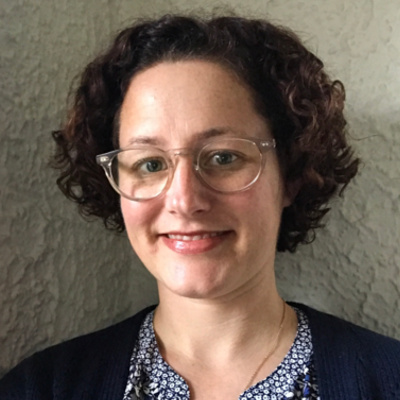
DR. EMILY NOLAN, DAT, ATR-BC, LPC
Dr. Emily Nolan, DAT, ATR-BC, LPC, is a full-time assistant professor at Mount Mary University and President-Elect of the Wisconsin Art Therapy Association (WATA). As director of Bloom: Center for Art and Integrated Therapies, LLC, Emily sees clients in private sessions and develops and oversees the community art therapy programs. She is an active member of the AATA at both the local and national level.
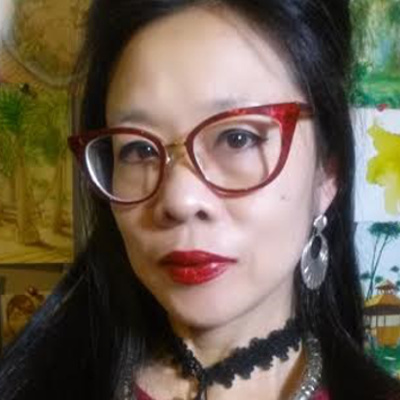
ELIM MAK, MPS, ATR-BC, LCAT
Elim Mak, MPS, ATR-BC, LCAT is an art therapist working at Housing Works, an advocacy organization in New York City dedicated to helping clients living with and affected by HIV/AIDS and homelessness. She has experience with a variety of populations, ranging from adolescents to the elderly, in diverse settings, including inpatient psychiatry, addiction disorder facilities, outpatient clinics, and community health settings.
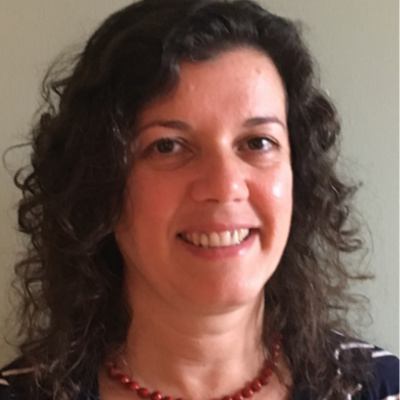
MARIA ROMANI DE GOES, MPS, LCAT, ATR
Maria Romani de Goes, MPS, LCAT, ATR works in a private practice in Brooklyn, NY primarily with multicultural families and foreign-born individuals. Over the past ten years, she has worked with multicultural families in different stages of development and in a variety of settings, including family services and mental health facilities. Maria is a faculty member in the graduate Creative Arts Therapy program at Pratt Institute in NY and is an alumna of the same program.
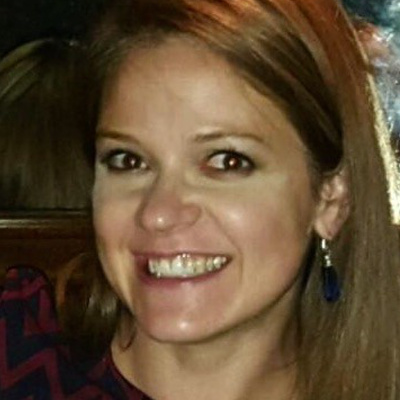
ELIZABETH HLAVEK, ATR-BC, LCPA
Elizabeth Hlavek, ATR-BC, LCPA has a private practice in Annapolis, MD and works primarily with individuals struggling with eating disorders and related concerns, such as anxiety and depression. She graduated from Pratt Institute in 2009 and is currently a doctoral student at Mount Mary University, anticipating a May 2018 graduation.
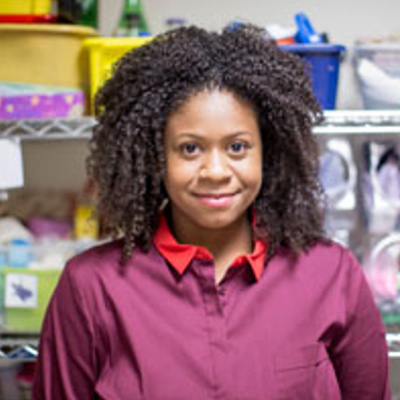
MAIA WHEELER, ATR, LCPC
Maia Wheeler, ATR, LCPC has been working at Easterseals Academy, Chicago since she graduated from the School of the Art Institute of Chicago in 2007. She works alongside children and young adults, primarily diagnosed with autism spectrum disorder (ASD), towards achieving greater levels of communication and social-functioning. Maia has previously served as Programs Co-Chair for the Illinois Art Therapy Association and continues to support the efforts of the AATA Multicultural Committee.

EUGENIA BRAVO
Eugenia Bravo is pursuing her Masters in art therapy at The George Washington University (GWU) and interns at the AATA national office. She values her membership particularly for the resources the Journal provides, which she integrates into her internship and studies, and for the special opportunities available to students, such as scholarships to attend the annual conference.
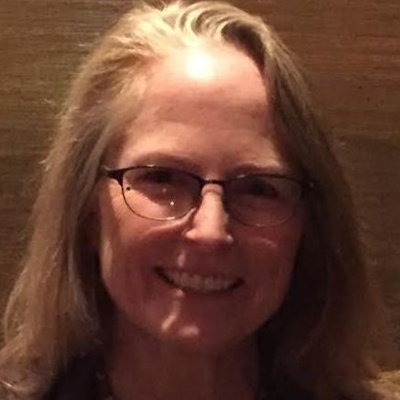
JANICE (NANNIE) MEAD, MS, ATR-BC, LPC, MAADC-II
Janice (Nannie) Mead, MS, ATR-BC, LPC, MAADC-II serves as board secretary of the Kansas Art Therapy Association (KATA) and works full time as a trauma and addiction art psychotherapist for Ozanam, a Psychiatric Residential Treatment Facility (PRTF) for adolescents. Nannie values her AATA membership especially for the access to important information about the profession and the opportunity the conference provides to network and exchange information.
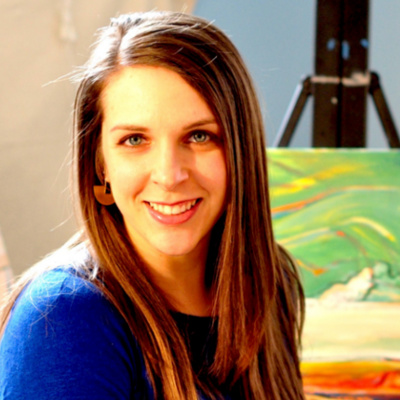
SUSAN HARDER, MS
Susan Harder, MS, works both as a freelance artist and as an art therapist. She practices in a short-term inpatient facility for children, adolescents, adults, and seniors at Avera Behavioral Health, Sioux Falls, SD. After graduating with a BA in Art and Spanish from Bethel College, Susan continued to earn her MS in Art Therapy from Mount Mary University, Milwaukee, WI in 2015. She is currently pursuing her ATR, LAC, and LPC licenses.
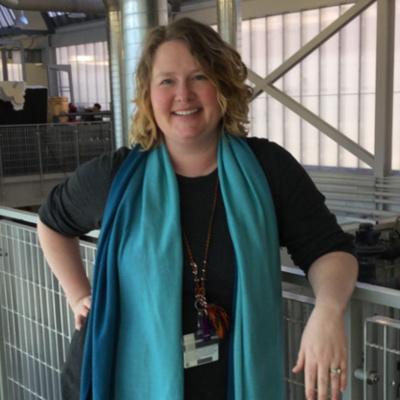
DANI MOSS, ATR-BC, LPC
Dani Moss, ATR-BC, LPC is a core faculty member in the graduate art therapy program at Seton Hill University in Greensburg, Pennsylvania and is an alumnae of the same program. As an art therapist and counselor, Dani has worked in a variety of settings including: contracted work with social service agencies, and public and alternative schools; as a primary therapist in community health centers, outpatient and in-home; and as a developer of art therapy programming in senior living, residential treatment, and outpatient settings.
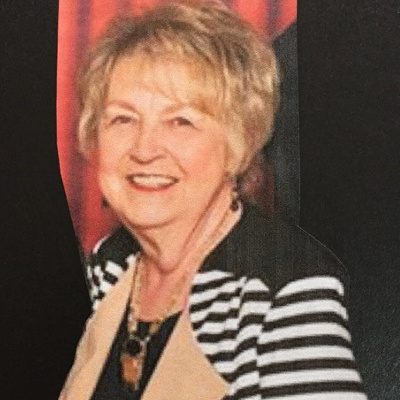
GAIL WETHERELL-SACK, ATR-BC, LPCC-S
Gail Wetherell-Sack, ATR-BC, LPCC-S earned an MA from University of Akron and was trained in art therapy at the University of Illinois with Harriet Wadeson and with Mary K. McGraw, founder of the Art Therapy Studio. She has worked as an art therapist since 1983. With an emphasis on trauma recovery, she uses art psychotherapy as a primary method in her work with adolescents, adults, families and groups.
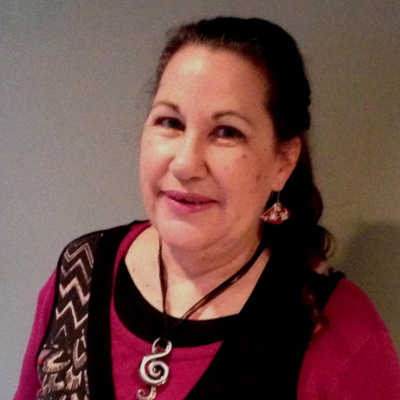
MARION GORDON-FLOWER, BMA, DIP.T, MAAT (CLINICAL) HONS, ATHR
Marion Gordon-Flower, BMA, Dip. T, MAAT (Clinical) Hons, AThR is registered with the Australian and New Zealand Arts Therapy Association (ANZATA) and is an international member of the AATA. She holds a Masters of Arts in Arts Therapy (Clinical) degree from Whitecliffe College of Arts and Design in Auckland, New Zealand and has been practicing in the health field in Auckland for eight years, working with clients who have physical disabilities.
